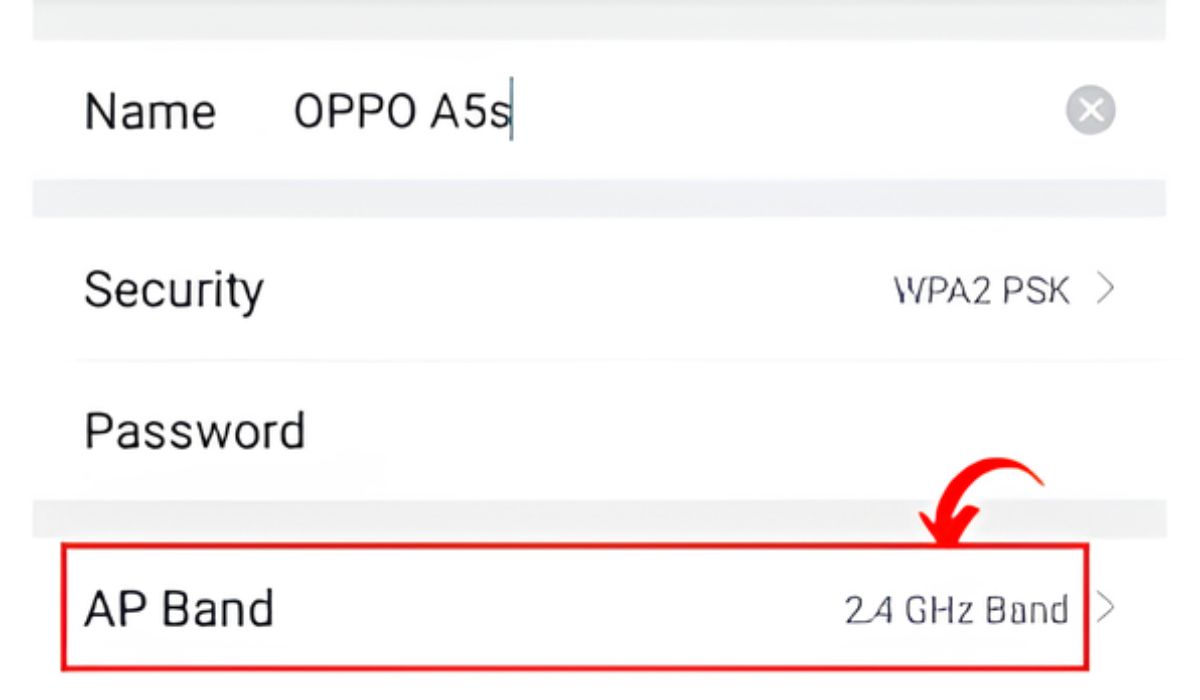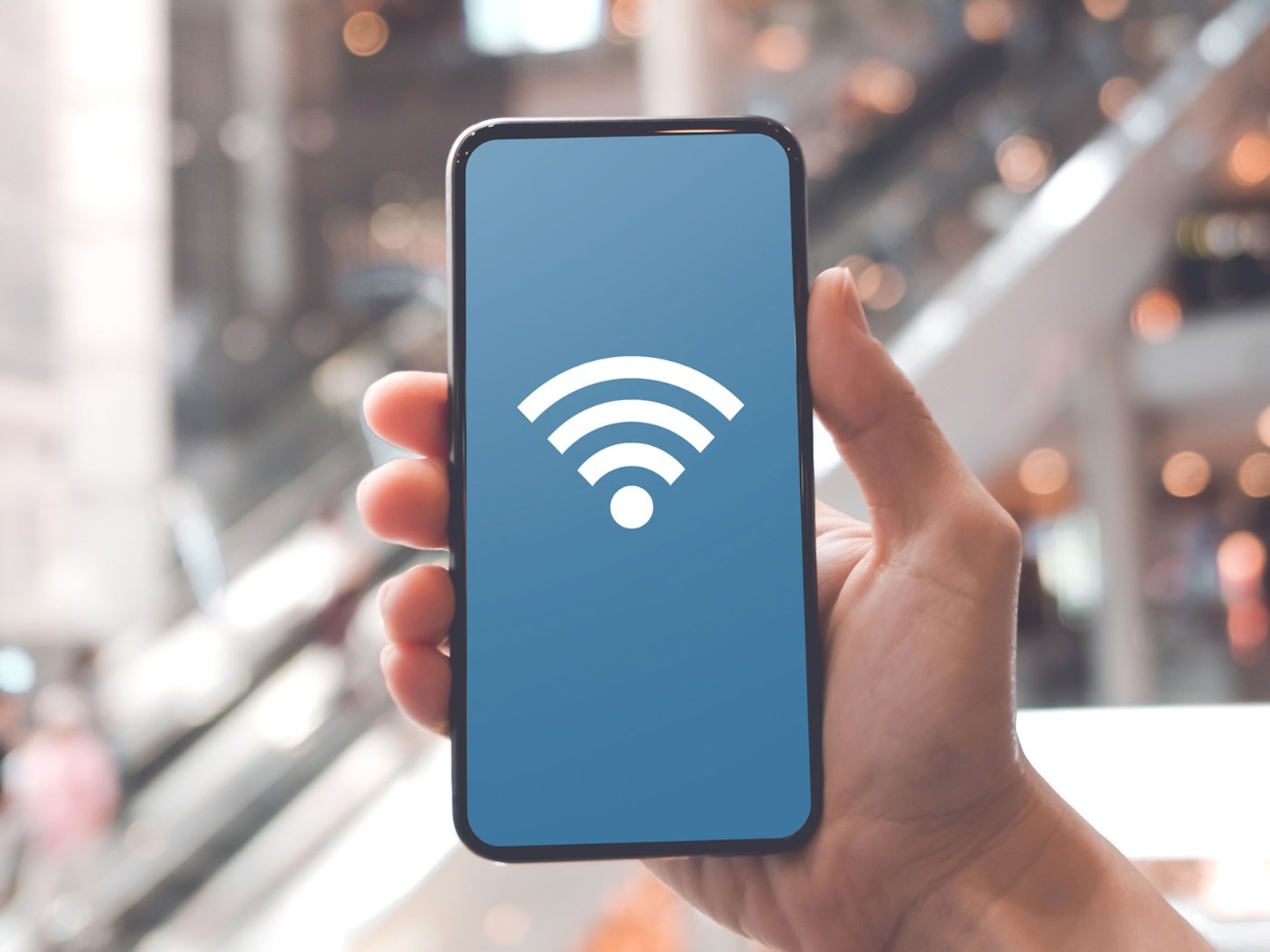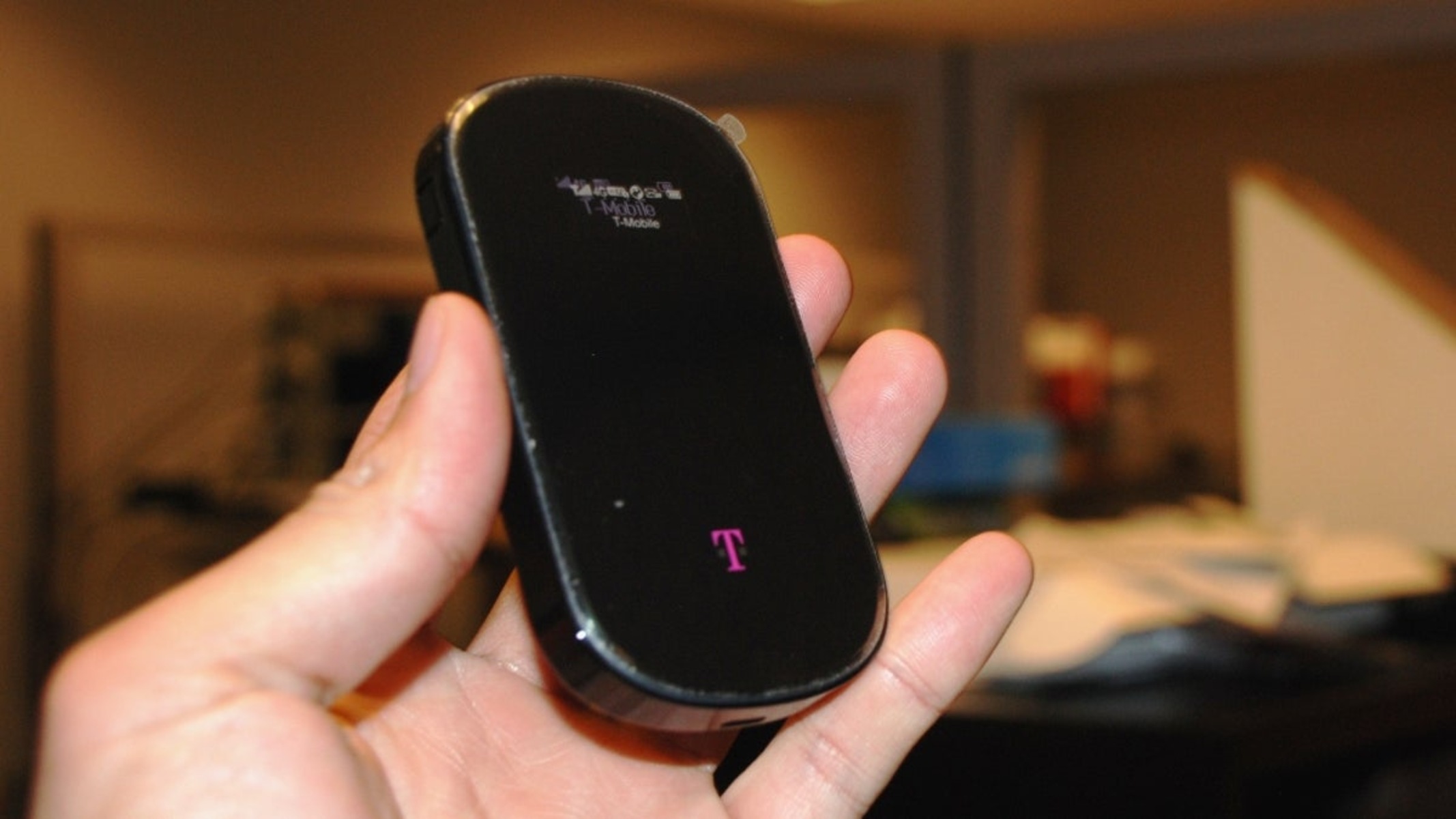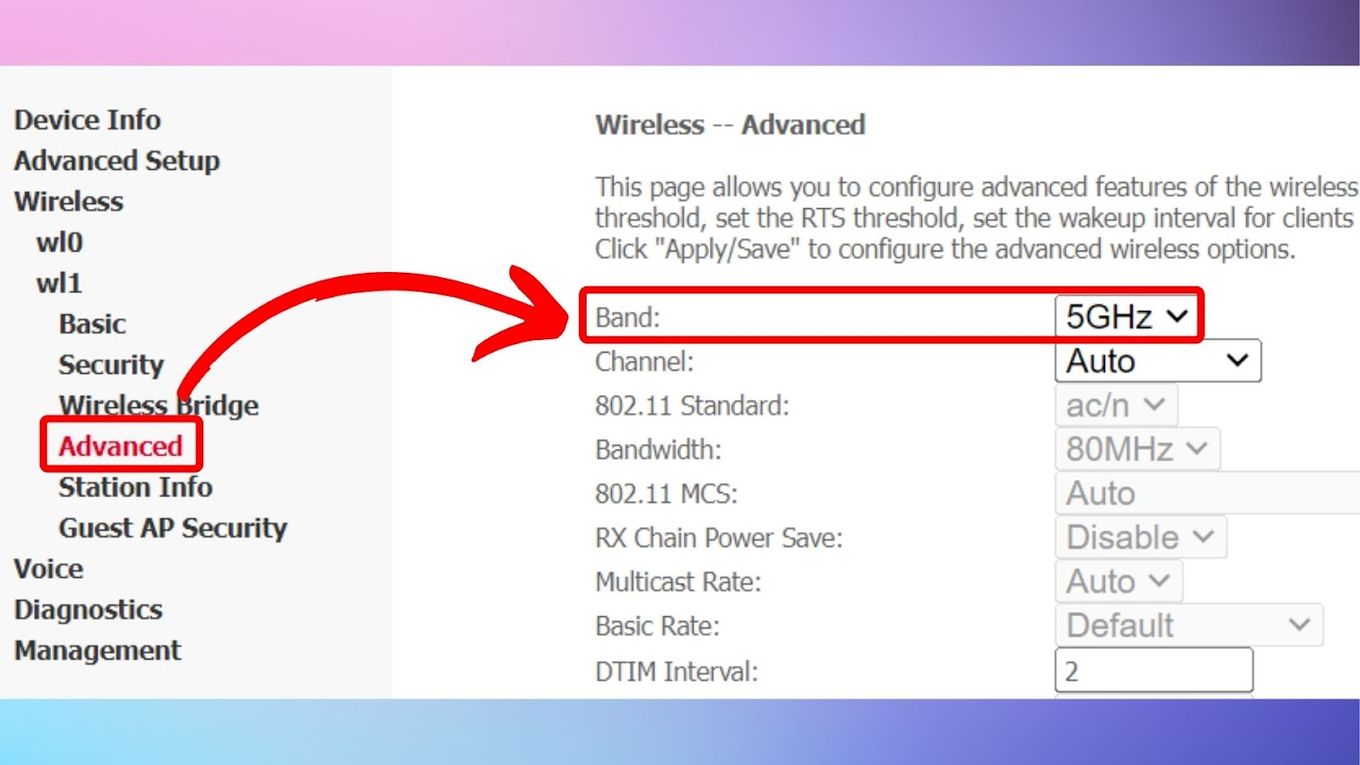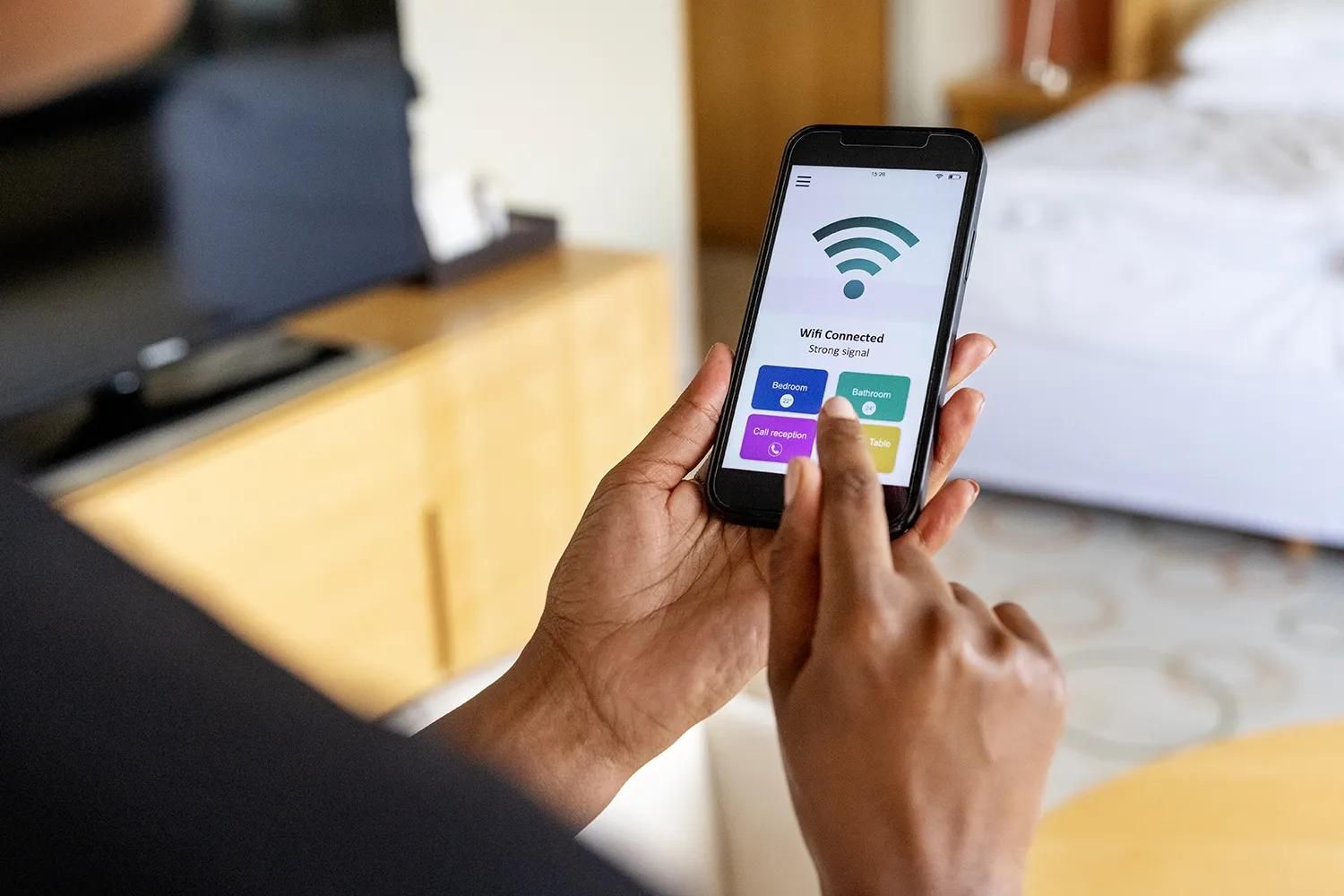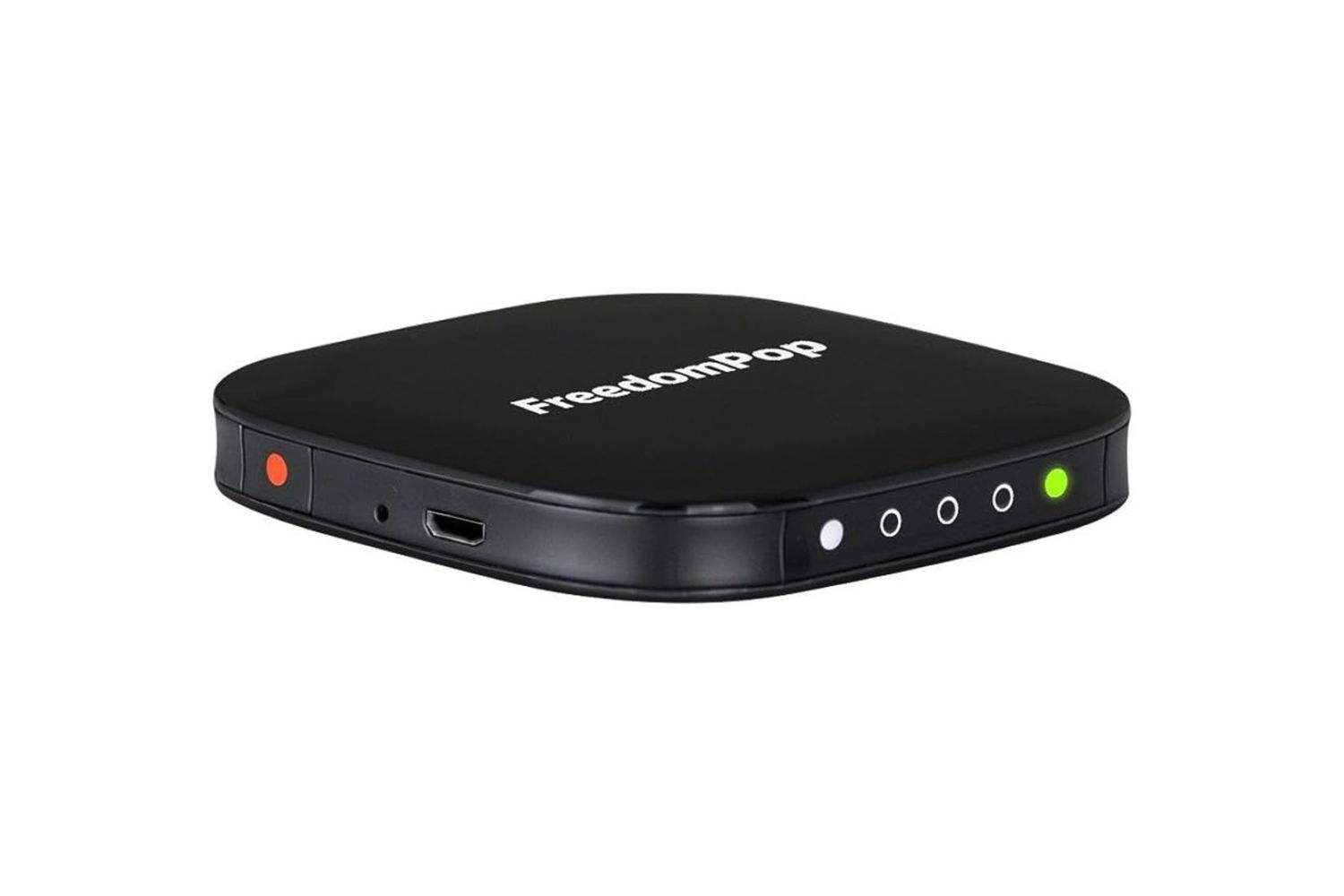Introduction
In today's fast-paced world, staying connected is more crucial than ever. Whether it's for work, leisure, or emergencies, having access to the internet on the go has become a necessity. This is where mobile hotspots come into play, offering the convenience of a portable Wi-Fi connection that can be accessed anytime, anywhere.
Understanding the range and coverage of a mobile hotspot is essential for maximizing its utility. Users often encounter issues with signal strength and coverage, leading to frustration and inconvenience. By delving into the factors that influence mobile hotspot range and learning how to optimize coverage, users can make the most of this technology.
In this comprehensive guide, we will explore the intricacies of mobile hotspot range, shedding light on the various factors that affect its coverage. By gaining a deeper understanding of these elements, users can take proactive measures to extend the reach of their mobile hotspots, ensuring a seamless and reliable internet connection on the go.
So, let's embark on this journey to unravel the mysteries of mobile hotspot coverage, empowering users to make informed decisions and optimize their connectivity experience.
What is a Mobile Hotspot?
A mobile hotspot, also known as a portable Wi-Fi hotspot, is a compact and versatile device that enables users to create a wireless internet connection on the go. This innovative technology allows individuals to access the internet from virtually anywhere, providing a convenient solution for staying connected while traveling, working remotely, or simply enjoying leisure activities outside the confines of traditional Wi-Fi networks.
The functionality of a mobile hotspot is akin to that of a router, but with the added flexibility of portability. It operates by leveraging cellular data networks, such as 3G, 4G, or 5G, to establish a Wi-Fi network that can be accessed by multiple devices, including smartphones, tablets, laptops, and other Wi-Fi-enabled gadgets. By utilizing a SIM card or a dedicated data plan, users can harness the power of mobile hotspots to stay connected without being tethered to a fixed location.
The setup process for a mobile hotspot is typically straightforward, involving the activation of the device, configuration of network settings, and the establishment of a secure connection. Once operational, the mobile hotspot emits a Wi-Fi signal, allowing nearby devices to connect and access the internet seamlessly. This versatility makes mobile hotspots invaluable for individuals who require reliable internet access while on the move, whether for professional, educational, or recreational purposes.
The compact nature of mobile hotspots makes them highly portable, fitting comfortably in a pocket, bag, or briefcase. This portability, coupled with their ability to provide internet connectivity to multiple devices simultaneously, makes them a popular choice for individuals who need reliable internet access in diverse environments, from remote outdoor locations to urban centers with fluctuating Wi-Fi availability.
In essence, a mobile hotspot serves as a gateway to the digital world, empowering users to transcend the limitations of traditional Wi-Fi networks and access the internet with unparalleled freedom and flexibility. Its ability to bridge the connectivity gap in various scenarios makes it a valuable tool for modern-day communication, productivity, and entertainment, catering to the dynamic lifestyle needs of individuals and businesses alike.
Factors Affecting Mobile Hotspot Range
The range of a mobile hotspot, which refers to the distance over which it can effectively transmit a Wi-Fi signal, is influenced by several factors. Understanding these elements is crucial for optimizing the coverage and reliability of a mobile hotspot's connectivity. By delving into the key factors that affect its range, users can proactively address potential limitations and enhance their overall internet accessibility.
-
Cellular Network Coverage: The strength and availability of the cellular network in a specific area directly impact the range of a mobile hotspot. Areas with robust network coverage typically facilitate a broader hotspot range, enabling users to access the internet over larger distances. Conversely, regions with weak or inconsistent cellular signals may restrict the effective range of the mobile hotspot, leading to connectivity issues and reduced coverage.
-
Obstructions and Interference: Physical obstructions, such as buildings, walls, and dense foliage, can impede the transmission of Wi-Fi signals from a mobile hotspot. Additionally, interference from other electronic devices and wireless networks in the vicinity can disrupt the signal, limiting the effective range of the hotspot. Understanding and mitigating these obstructions and interference sources is essential for optimizing the range and reliability of the mobile hotspot's connectivity.
-
Device Specifications and Antenna Strength: The technical specifications of the mobile hotspot device, including its antenna strength and transmission power, play a significant role in determining its range. Devices equipped with high-gain antennas and robust transmission capabilities can extend the reach of the Wi-Fi signal, enabling a broader coverage area. Conversely, devices with limited antenna capabilities may exhibit a more restricted range, especially in challenging environmental conditions.
-
Environmental Factors: Environmental elements, such as weather conditions, terrain, and geographic features, can impact the range of a mobile hotspot. Factors like rain, snow, and extreme temperatures may affect signal propagation, potentially reducing the effective range of the hotspot. Similarly, rugged terrain, elevation changes, and geographical obstacles can influence signal transmission, necessitating adjustments to optimize coverage in diverse environments.
-
Network Congestion and Bandwidth Allocation: The level of network congestion and the allocation of bandwidth within the cellular network infrastructure can affect the performance and range of a mobile hotspot. In densely populated areas or during peak usage times, network congestion may limit the available bandwidth for the hotspot, impacting its range and overall connectivity quality. Understanding these network dynamics is essential for managing and optimizing the range of the mobile hotspot in various usage scenarios.
By considering these factors and their implications, users can gain valuable insights into the complexities of mobile hotspot range and coverage. This understanding empowers them to implement strategic measures for extending the reach of their mobile hotspots, ensuring reliable and seamless internet connectivity across diverse environments and usage scenarios.
Understanding Coverage
Understanding the coverage of a mobile hotspot encompasses a comprehensive grasp of its reach, reliability, and the intricate dynamics that define its effective connectivity area. Coverage refers to the expanse over which the mobile hotspot can consistently transmit a stable Wi-Fi signal, enabling seamless internet access for connected devices. By delving into the nuances of coverage, users can gain valuable insights into the practical implications of a mobile hotspot's range and optimize its performance across diverse environments.
The coverage of a mobile hotspot is intricately linked to its range, which is influenced by various factors such as cellular network coverage, obstructions and interference, device specifications and antenna strength, environmental factors, and network congestion. These elements collectively shape the extent to which the Wi-Fi signal can propagate, defining the practical boundaries within which users can reliably access the internet through the hotspot.
In practical terms, understanding coverage entails assessing the real-world scenarios in which the mobile hotspot can deliver consistent and reliable connectivity. This involves considering the impact of environmental factors, such as terrain, weather conditions, and geographical obstacles, on the hotspot's coverage area. Additionally, users must account for the influence of network congestion and bandwidth allocation, as these factors can directly affect the performance and reach of the hotspot in dynamic usage environments.
Moreover, understanding coverage extends to recognizing the limitations and potential challenges that may arise when utilizing a mobile hotspot in diverse settings. By acknowledging the impact of obstructions, interference, and varying cellular network strengths, users can proactively strategize to optimize coverage and mitigate potential connectivity issues.
Furthermore, understanding coverage empowers users to make informed decisions regarding the placement and utilization of the mobile hotspot to maximize its reach and reliability. By strategically positioning the device to minimize obstructions and leverage optimal network conditions, users can enhance the coverage area and ensure consistent internet connectivity for their connected devices.
In essence, understanding coverage goes beyond the technical aspects of range and signal propagation; it encapsulates a holistic comprehension of the practical implications and utilization of a mobile hotspot in real-world scenarios. By gaining a nuanced understanding of coverage, users can leverage this knowledge to optimize the performance, reliability, and overall utility of their mobile hotspots, ensuring a seamless and dependable internet connectivity experience across diverse usage environments.
Tips for Extending Mobile Hotspot Range
Expanding the range and optimizing the coverage of a mobile hotspot is essential for ensuring consistent and reliable internet connectivity in various scenarios. By implementing strategic measures and leveraging practical techniques, users can proactively extend the reach of their mobile hotspots, enhancing their overall connectivity experience. Here are valuable tips for maximizing the range of a mobile hotspot:
-
Positioning and Placement: Optimal placement of the mobile hotspot plays a pivotal role in extending its range. Position the device in a centralized location, minimizing obstructions and maximizing its exposure to the surrounding area. Elevating the hotspot to an elevated position can also enhance its signal propagation, enabling broader coverage.
-
Antenna Orientation: If the mobile hotspot features an external antenna, adjusting its orientation can significantly impact the range and signal strength. Experiment with different antenna positions to optimize signal transmission and reception, aligning the antenna for maximum coverage in the desired direction.
-
Signal Boosters and Repeaters: Consider integrating signal boosters or repeater devices to amplify the Wi-Fi signal emitted by the mobile hotspot. These devices can extend the reach of the hotspot, particularly in areas with weak signal coverage, effectively expanding its coverage area and enhancing connectivity.
-
Network Extenders: Explore the option of utilizing network extenders, which are designed to enhance cellular network coverage in specific locations. By integrating network extenders with the mobile hotspot setup, users can bolster the underlying cellular network signal, thereby improving the range and reliability of the hotspot's connectivity.
-
Firmware Updates and Optimization: Regularly update the firmware of the mobile hotspot device to ensure it is equipped with the latest performance enhancements and optimizations. Firmware updates often include improvements to signal transmission, network compatibility, and overall range, contributing to an extended coverage area.
-
Utilize External Antennas: For advanced users, utilizing external high-gain antennas can significantly augment the range and coverage of the mobile hotspot. These antennas are designed to enhance signal propagation, especially in challenging environments, and can be a valuable addition for extending the reach of the hotspot.
-
Network Selection: When operating the mobile hotspot in areas with multiple available networks, selectively choose the network with the strongest signal strength and optimal coverage. By prioritizing robust network connections, users can maximize the range and reliability of the hotspot's connectivity, ensuring seamless internet access.
By implementing these tips and techniques, users can effectively extend the range and coverage of their mobile hotspots, enabling consistent and reliable internet connectivity across diverse environments and usage scenarios. These proactive measures empower users to optimize the performance and utility of their mobile hotspots, ensuring a seamless and dependable internet connectivity experience.
Conclusion
In conclusion, the range and coverage of a mobile hotspot play a pivotal role in shaping the connectivity experience for users on the go. By delving into the intricacies of mobile hotspot range and understanding the factors that influence coverage, individuals can proactively optimize their connectivity and ensure reliable internet access across diverse environments.
The comprehensive understanding of cellular network coverage, obstructions and interference, device specifications and antenna strength, environmental factors, and network congestion provides valuable insights into the complexities of mobile hotspot range. By acknowledging these factors and their implications, users can implement strategic measures to extend the reach of their mobile hotspots, mitigating potential limitations and optimizing coverage.
Furthermore, understanding the practical implications of coverage empowers users to make informed decisions regarding the placement and utilization of their mobile hotspots. By strategically positioning the device, leveraging external antennas, and exploring signal amplification options, individuals can maximize the range and reliability of their mobile hotspots, ensuring seamless internet connectivity in various usage scenarios.
The tips and techniques for extending mobile hotspot range offer actionable strategies for users to enhance the coverage area and optimize the performance of their devices. By implementing these measures, individuals can navigate diverse environments with confidence, knowing that their mobile hotspots are equipped to deliver consistent and reliable internet connectivity.
In essence, the journey to unravel the mysteries of mobile hotspot coverage equips users with the knowledge and tools to transcend connectivity limitations and embrace the freedom of seamless internet access on the go. By leveraging a nuanced understanding of coverage and implementing practical measures, individuals can harness the full potential of their mobile hotspots, ensuring a connectivity experience that aligns with their dynamic lifestyle needs.
As technology continues to evolve, the optimization of mobile hotspot range and coverage remains a key consideration for individuals and businesses seeking reliable connectivity beyond the confines of traditional Wi-Fi networks. By embracing proactive strategies and leveraging insights into coverage dynamics, users can embark on their connectivity journeys with confidence, knowing that their mobile hotspots are equipped to deliver consistent and dependable internet access wherever their adventures take them.









